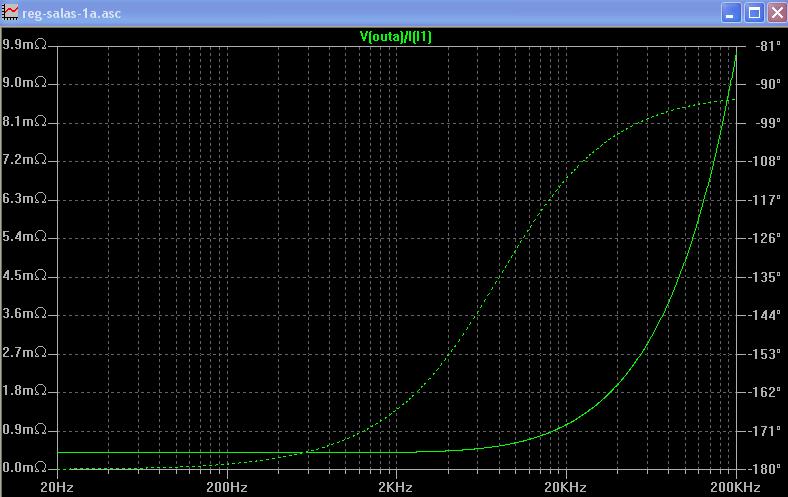Moved on a little more now.
The Salas regulators now directly feed the Dual Tridents, I lifted the Vd supply from beneath the Trident and dropped the Salas feed in from above.
Getting a little messy as there are now twelve cables jointing off around or on the Trident.

I used the old Placid to feed my 6.7mA into the Buffalo main Vd terminals, this load seems to be just I2C housekeeping. My thoughts were that the Arduino and LED screen probably puts noise on to the Vd 0v rail which was shared with the Avcc Trident.
I have now separated the I2C and Avcc via different regulators and transformers.
Prior to this latest mod the Salas fed the Buffalo main Vd terminals and the Avcc Trident picked up of this same supply. Whilst it did provide some improvement in SQ I felt that I had lost out in some other areas.
This latest bodge has brought the aspects of SQ that I lost back whilst keeping the original gain.
Recommended bodge.
The Salas regulators now directly feed the Dual Tridents, I lifted the Vd supply from beneath the Trident and dropped the Salas feed in from above.
Getting a little messy as there are now twelve cables jointing off around or on the Trident.

I used the old Placid to feed my 6.7mA into the Buffalo main Vd terminals, this load seems to be just I2C housekeeping. My thoughts were that the Arduino and LED screen probably puts noise on to the Vd 0v rail which was shared with the Avcc Trident.
I have now separated the I2C and Avcc via different regulators and transformers.
Prior to this latest mod the Salas fed the Buffalo main Vd terminals and the Avcc Trident picked up of this same supply. Whilst it did provide some improvement in SQ I felt that I had lost out in some other areas.
This latest bodge has brought the aspects of SQ that I lost back whilst keeping the original gain.
Recommended bodge.


